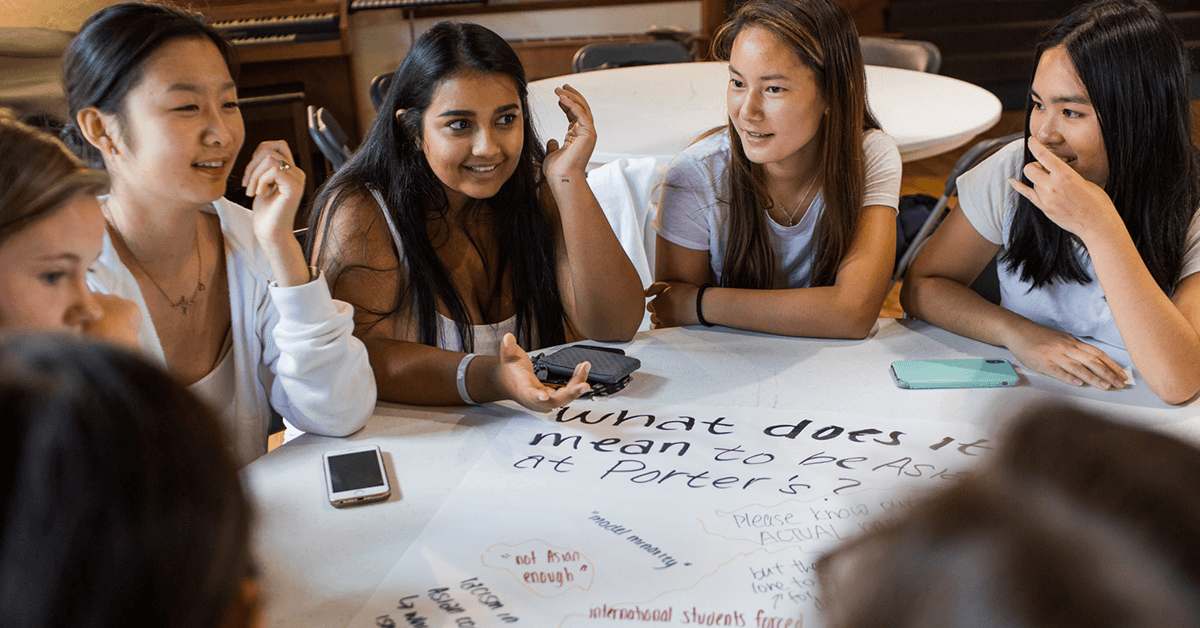January 9, 2023
During 31 years in the independent school world (35 if you add the student experience), visiting over 100 schools was one of my favorite activities. I always enjoy seeing different campuses, talking with school leaders, faculty, and students, and visiting classes, as the classroom was my passion. I resumed these visits, post-COVID, in early December by traveling a whopping 7 miles to Miss Porter’s School (1843) in Farmington, CT. I’ve visited Miss Porter’s many times before, but by the time I departed on this cold day in December, I sensed that the barriers to the professional success of women were crumbling, and Miss Porter’s was a player in that transformation.
What brought me to Miss Porter’s when I had a choice of several hundred schools in southern New England alone? It was the announcement of a series of changes that had resulted from reimagining their academic program in order to better position students to tackle the challenges of the world. In order to learn more, I spent the better part of a day with Tim Quinn, the school’s Chief Academic Officer. We discussed a series of questions I had sent to him, visited classes to…


